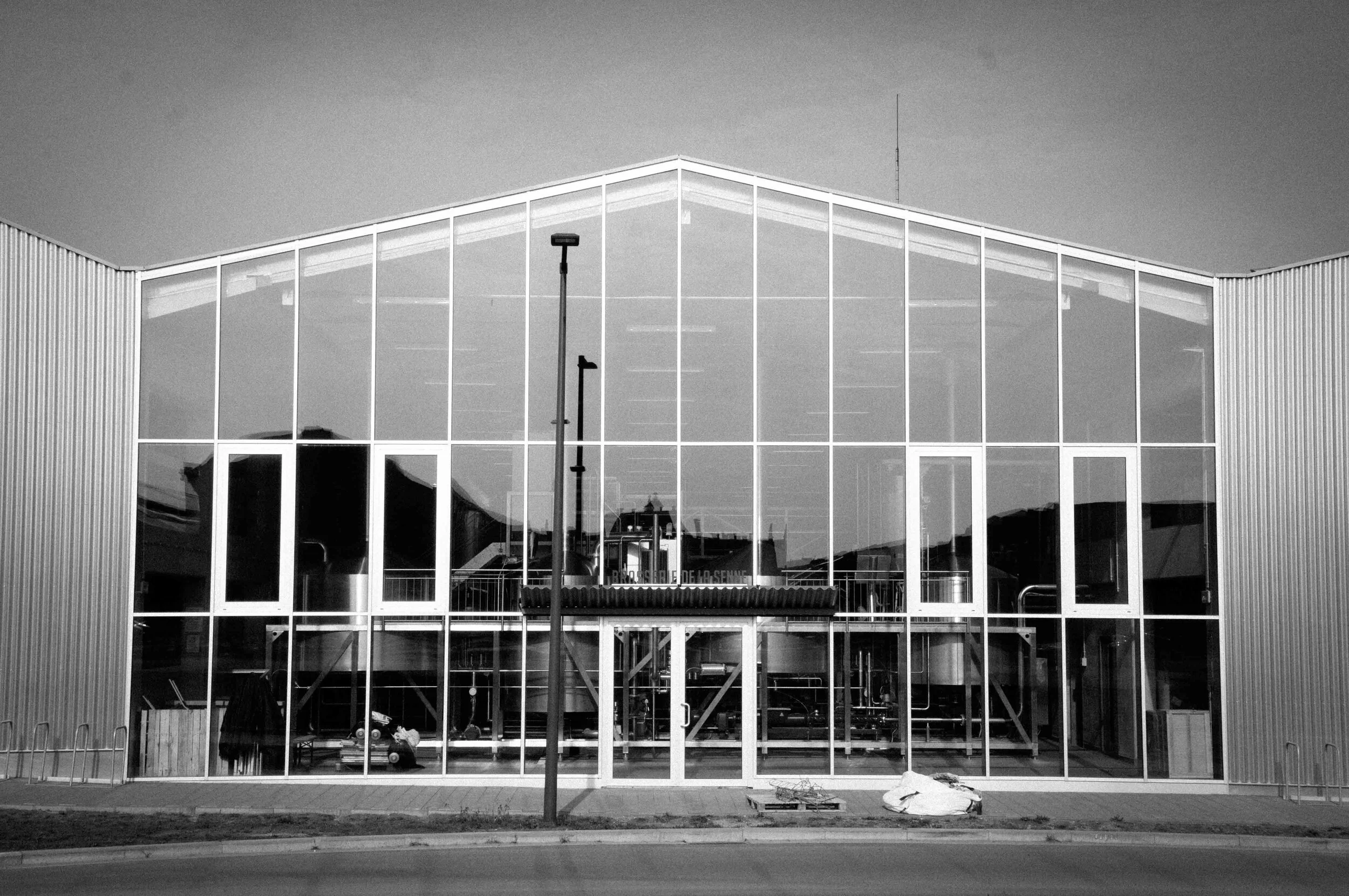A History of Brussels Beer in 50 Objects // #33 Jaar Van Het Bier Tankard
Find out more about Brussels Beer City’s new weekly series, “A History Of Brussels Beer In 50 Objects” here.
Object #33 - 1986 Jaar Van Het Bier Tankard
20th century
Business Life
In 1986, Belgium’s politico-brewing complex met in Brussels. Sitting at a table strewn with pastries and flyers was a fresh-faced (and future Belgian Prime Minister) Guy Verhofstadt. Though more a wine-drinker, the then-budget minister paid due deference to his brewer hosts, declaring: “Every minister should, as much as they can, strive to support that which gives so much pride and pleasure to our country.”
On his left sat Paul de Keersmaecker, agriculture minister and former brewer at his family’s Mort Subite brewery. On Verhofstadt’s right sat Wilfried Martens, then-Prime Minister and in agreement with his junior colleague’s opinion on beer. “Like any self-respecting Belgian,” Martens said, “occasionally I drink a pint.” Behind this trio crowded the massed ranks of Belgium’s brewing establishment, decked out in the robes, medallions, and floppy hats of their brewers’ guild.
Their meeting could have been mistaken for a wake, such was the parlous state of Belgian brewing in 1986. Belgians drank less beer - down from 131 litres per person in 1980 to 121 by 1985. There were fewer breweries too, their number collapsing from a post-WWII total of over 600, to 126 in the mid-’80s.
Brussels would have been an excellent venue for a wake. The city’s once-thriving brewery community was decimated by the impact first of industrialisation, then the privations of successive world wars, and finally the commodification, de-industrialisation, and suburbanisation of the later 20th century.
By 1986 there were only three breweries left in Brussels. One, Belle-Vue, was inching its way towards a purpose-built Lambic factory in Flanders. Another, Brasserie Cantillon, survived by converting itself into a working museum to a brewing culture it alone now represented. The third, Brasserie Wielemans-Ceuppens, was now owned by the Artois brewery, haemorrhaging money and operating under the close surveillance of beancounters in Leuven.
But Verhofstadt and co. weren’t there to deliver Belgian beer’s last rites. Because what once looked like a terminal case was - at least outside Brussels - showing signs of life. As a contemporaneous brewery guide explained, in the early 1980s hundreds of new beers emerged onto Belgium’s beer scene. Some were regional beers receiving wider distribution, others “rediscovered” old recipes, and yet more completely new - like Boon in Lembeek, De Dolle Brouwers in West Flanders, or Wallonia’s Brasserie d'Achouffe.
The politicians and brewers hoped to invigorate this revival by delivering a defibrillating shock to the beer industry in the form of the Jaar van het Bier (“Year of Beer”) - a year-long celebration featuring new beer-centric books, new beers, and events across the country culminating in a Brouwersfeest beer festival on Brussels’ Grand Place in October 1986.
And it worked, sort of. The number of breweries eventually bottomed out at 121 in 1989, before rising again. Pils remained dominant, though the production of so-called “speciaalbieren”, trappist, and abbey beers had grown from 12.8% in 1985 to 21.5% by 1992. But Gueuze and Lambic - Brussels’ indigenous beers - consumption went in the opposite direction, and for Belgium’s capital city, the worst was yet to come.













